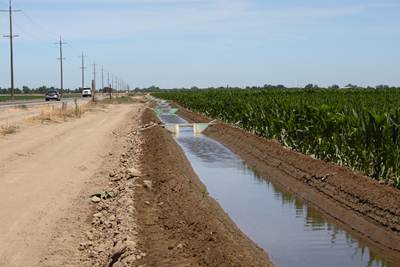Advancing constructed wetlands and denitrifying bioreactors to abate edge-of field nitrogen losses
Agricultural pollutant removal by constructed wetlands: Implications for water management and design
Situation: Non-point sources of pollution, primarily from agriculture, have become a major source of contamination in waterways worldwide. Recent research has shown that farmers can use constructed wetlands as a management option to reduce pollutants from agricultural runoff.
Actions: Researchers from the University of California- Davis assessed the ability of seven constructed surface flow-through wetlands to improve water quality of agricultural runoff in the Central Valley of California. Both continuous flow and flood pulse wetlands were examined. The wetlands were evaluated for their effect on chemical (salts, nutrients, and dissolved organic carbon), physical (suspended solids), and biological contaminants (algae and bacteria).
 Take-home message:
Take-home message:
- All constructed wetlands efficiently removed nitrate-nitrogen and suspended solids from runoff.
- Removal rates of other pollutants were mixed.
- Continuous flow-through wetlands were more effective in removing pollutants than flood pulse wetlands.
For more information:
- Diaz, F.J., A.T. O’Geen, and R.A. Dahlgren. 2012. Agricultural pollutant removal by constructed wetlands: Implications for water management and design. Agricultural Water Management 104:171-183.
- Email Francisco J. Diaz at fjdipe@gmail.com